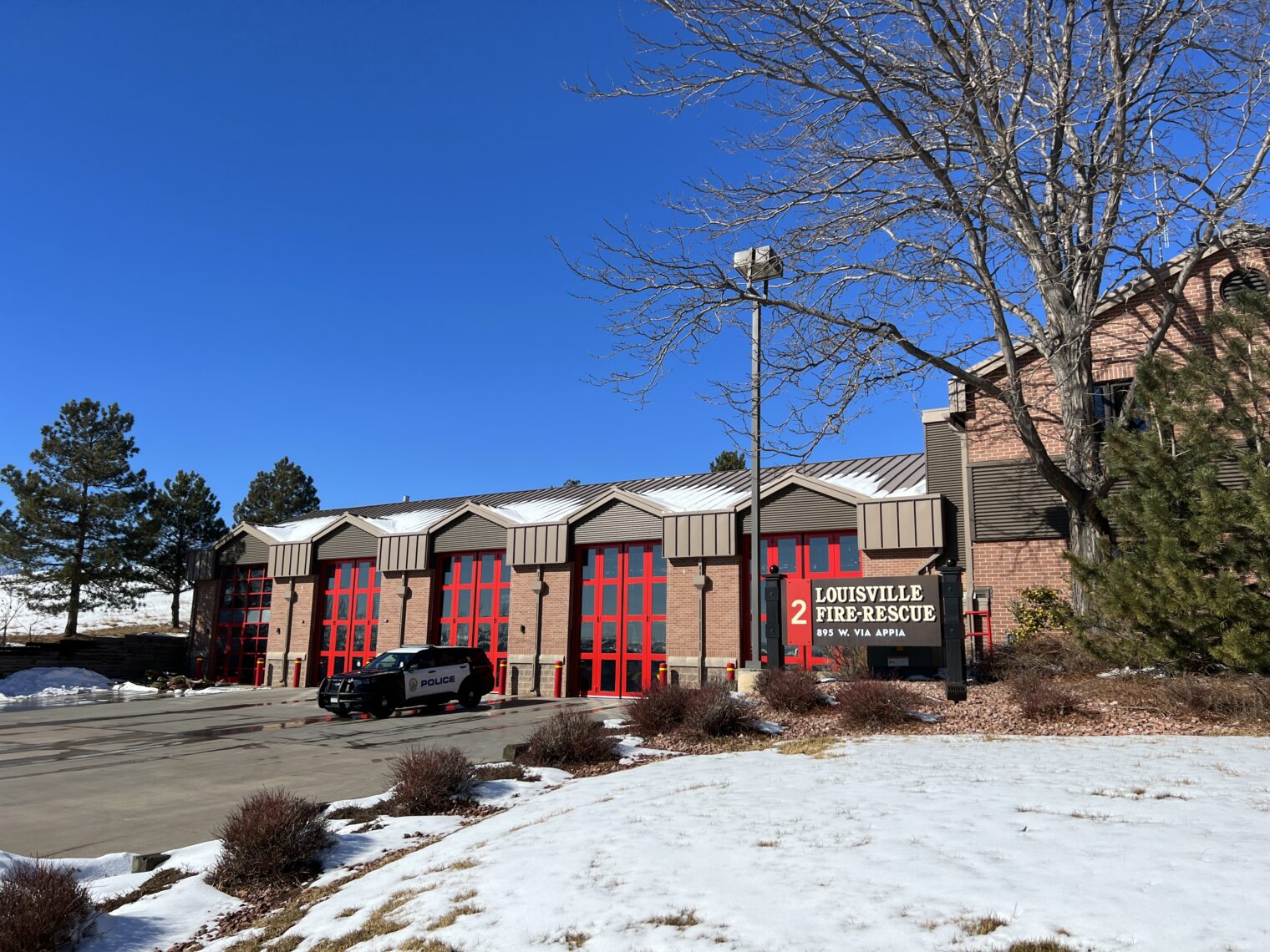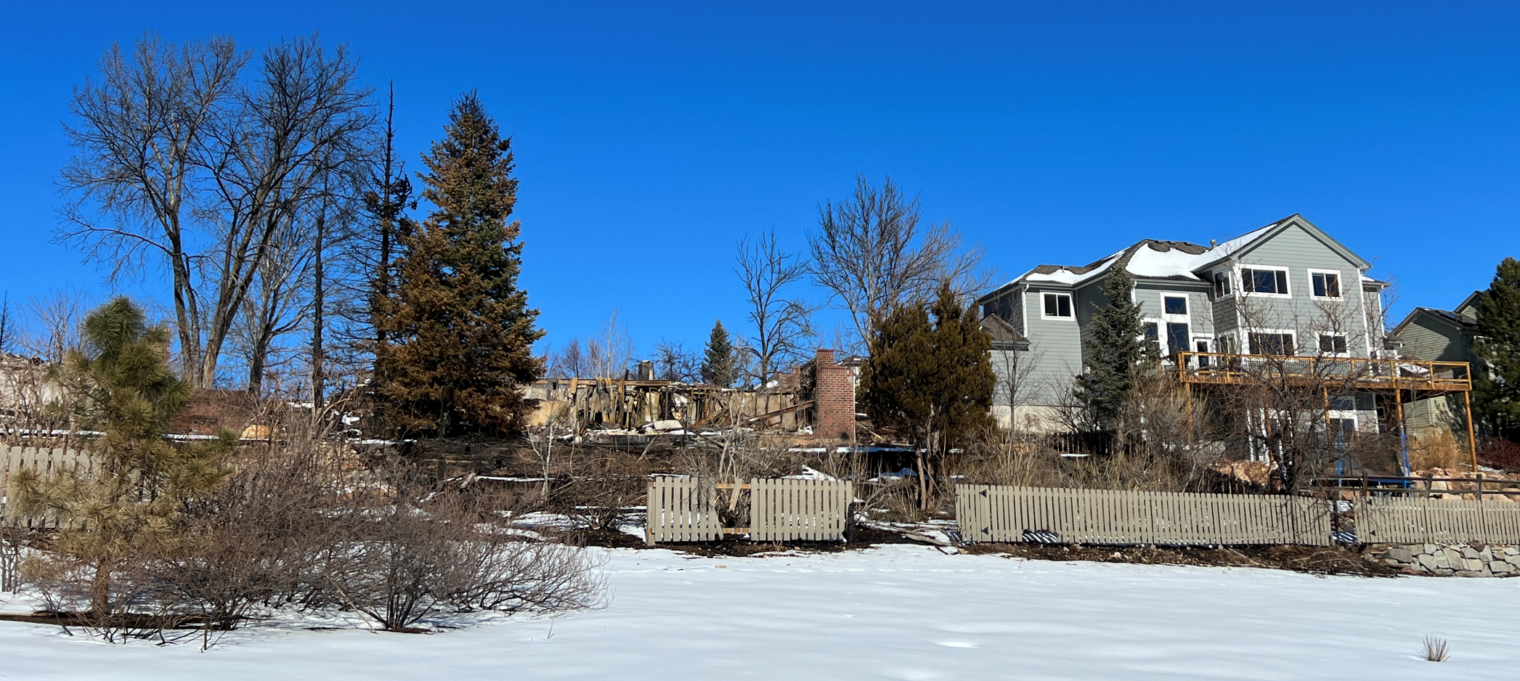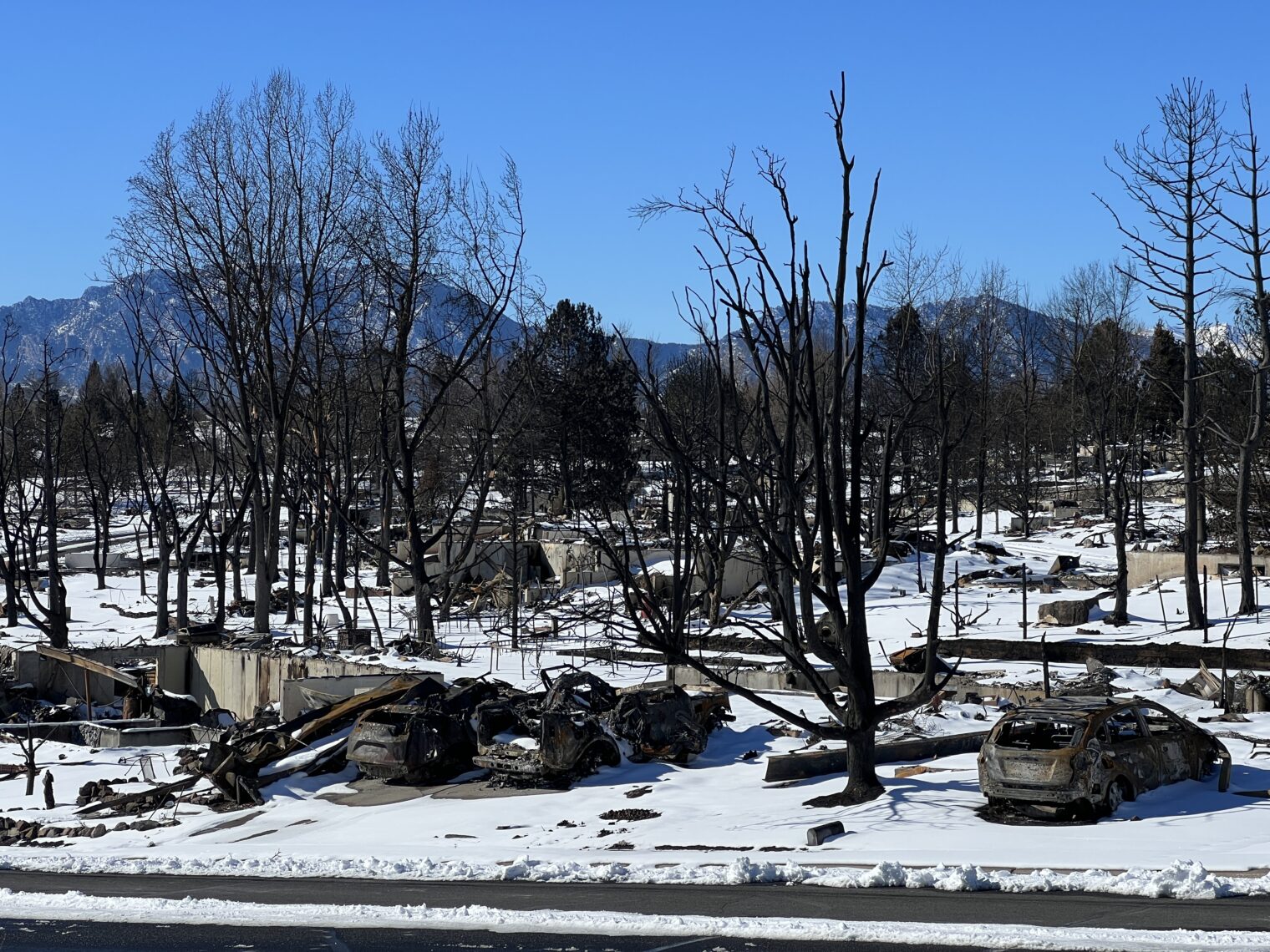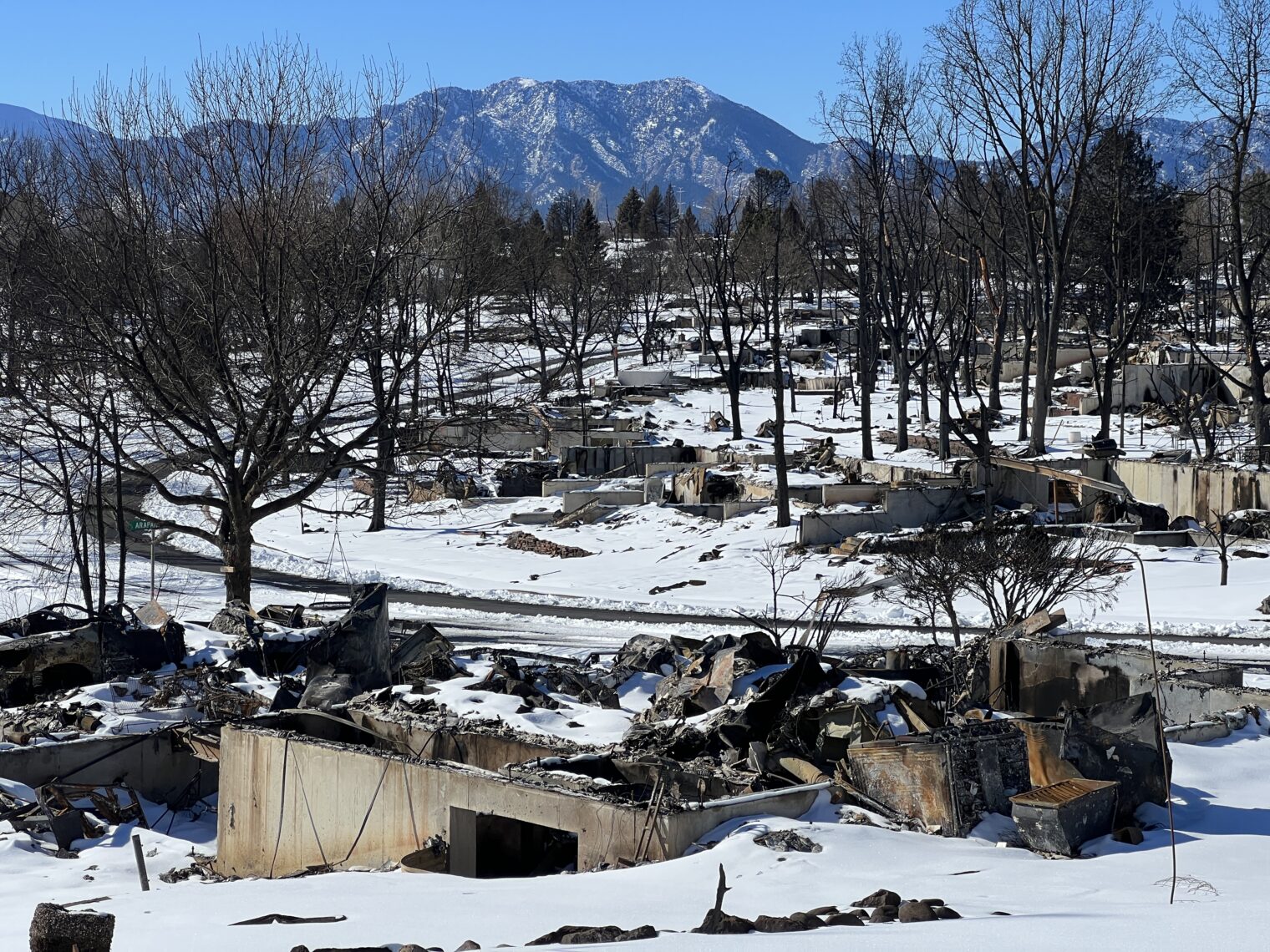The Boulder County fire
In January, I visited the site of the 2021–2022 Boulder County fires. The section that I visited is directly behind a huge fire station:
More shocking than the inequality that AOC and Bernie Sanders highlight, here’s an undamaged house right next to one that burnt down.
(A friend in the area said that homeowners of undamaged houses have nonetheless been able to get insurance companies to pay out hundreds of thousands of dollars per house to address carcinogenic chemicals that got onto and into their houses.)
These cars were likely insured, but they’re going to be tough to replace given the perennial “chip shortage.”
There is a community center with gym and pool directly across the street from this scene of destruction:
Miscellaneous images:
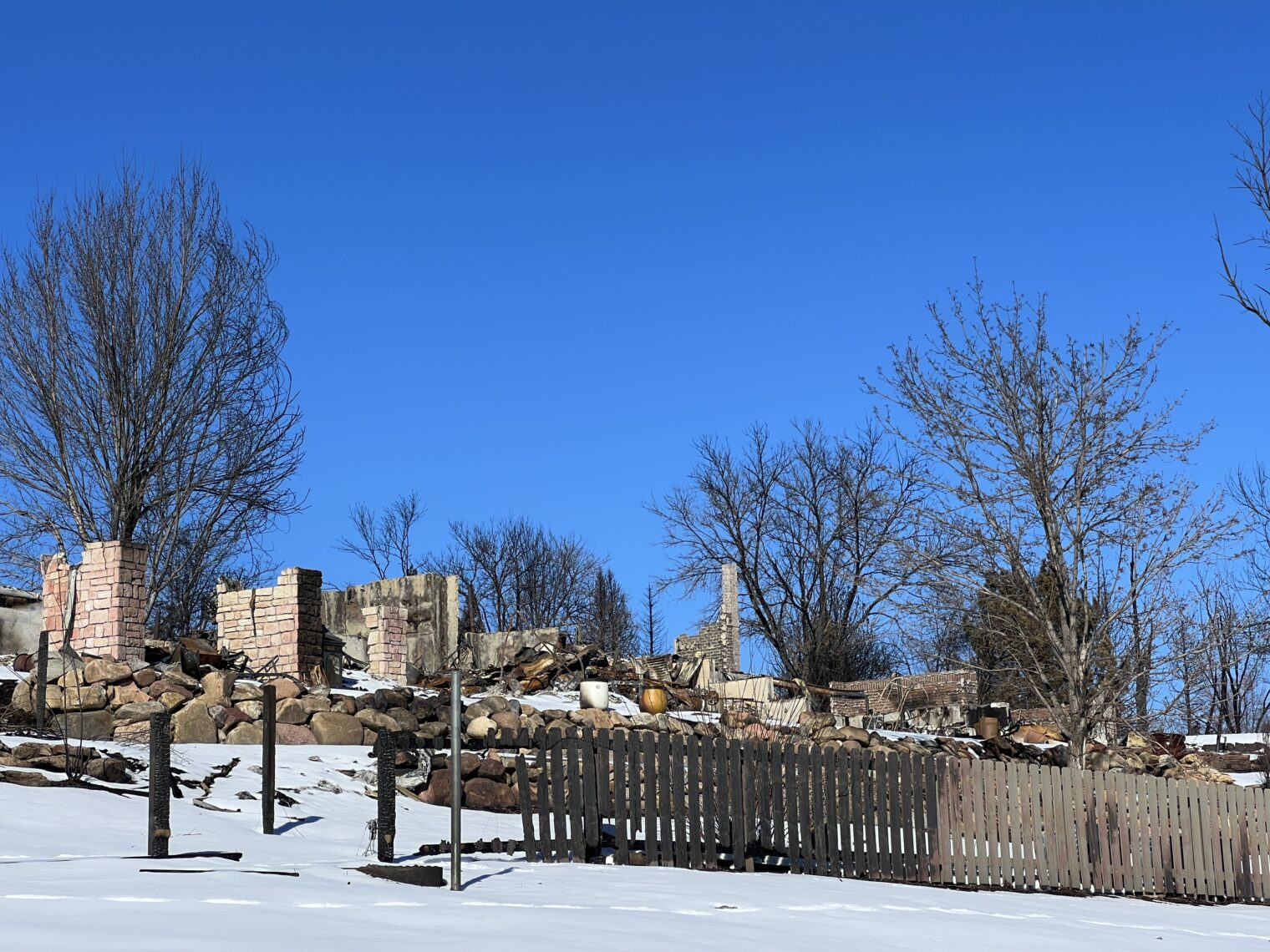
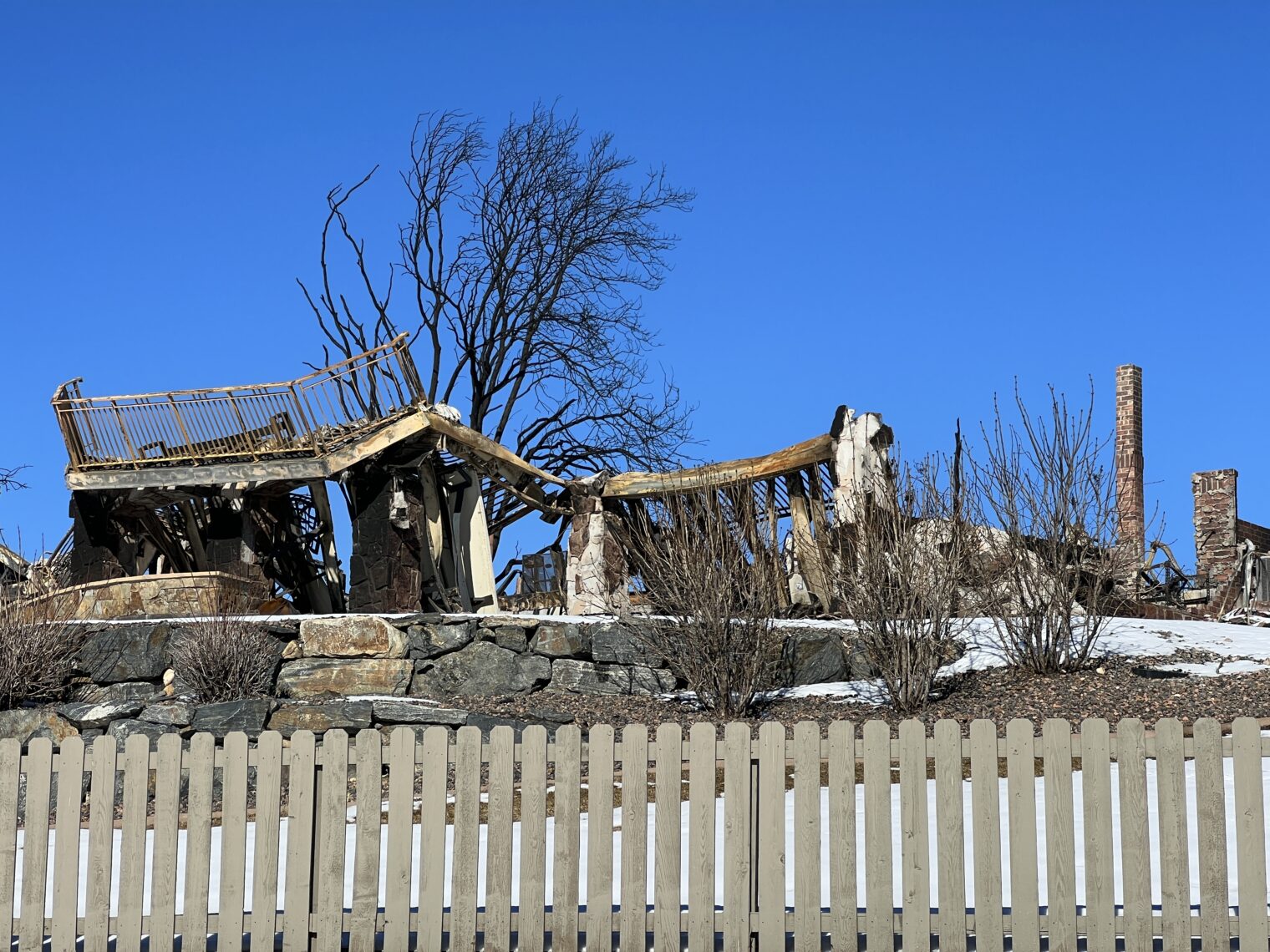
My friend who lives in a burned neighborhood (but his house was spared) said that people got away in their pajamas and had no time to rescue anything from within their homes. “I told my neighbor, who is about the same size, to just come and grab anything that he wanted from my closet,” he said.
Builders are quoting $500 per square foot to rebuild, which translates to $1 million for a modest 2,000 square foot house. Hardly anyone is insured to that extent, so it is unclear what will happen (government bailout?).
The cost of building a house in Colorado raises the question of how the U.S. will house the next 103 million migrants and their children (see “Modern Immigration Wave Brings 59 Million to U.S., Driving Population Growth and Change Through 2065” (Pew, 2015) for a calculation that 73 million folks who needed housing were added “due to 1965-2015 immigration”). Americans who earn at the median wage cannot afford the construction cost of a new house (see City rebuilding costs from the Halifax explosion for how this was true in 2019, before the inflation of 2021). Colorado itself is not handling immigrants, whether from other states or foreign nations, gracefully. Everyone with whom I talked said that the state had become overcrowded and was a far more pleasant place to live 15 or 20 years ago (4.1 million people lived in CO in 2000; it is currently nearly 6 million). Traffic in Denver was jammed from about 3 pm to 7 pm on a Friday. From 4:39 pm:
Colorado apparently cannot afford to build the highway network that it needs to support the population that it currently has, but is adding more people by the day.
Related:
- “Census: Front Range Cities And Suburbs Surge As Colorado’s Population Booms By Nearly 750,000 Over Last Decade” (state-sponsored Colorado Public Radio)
